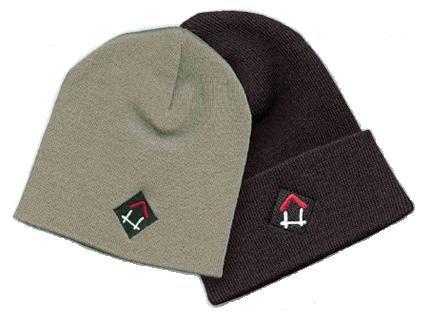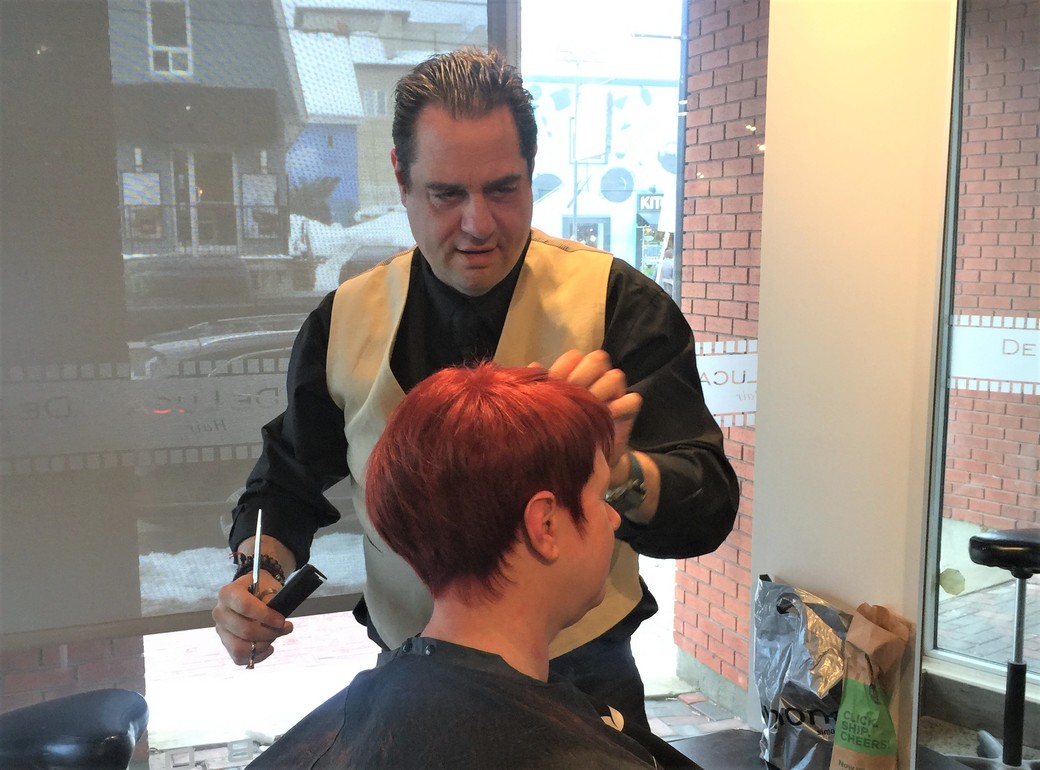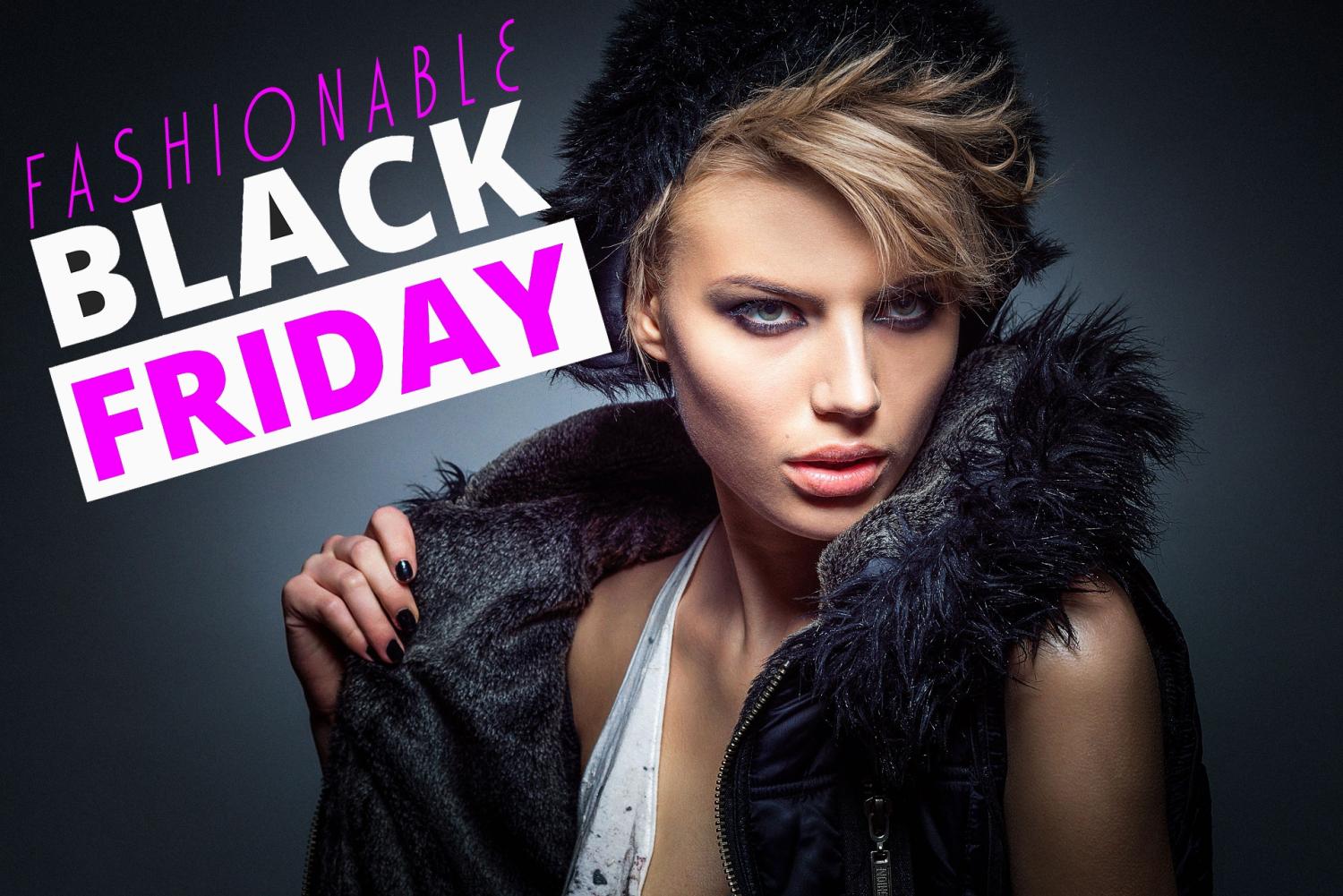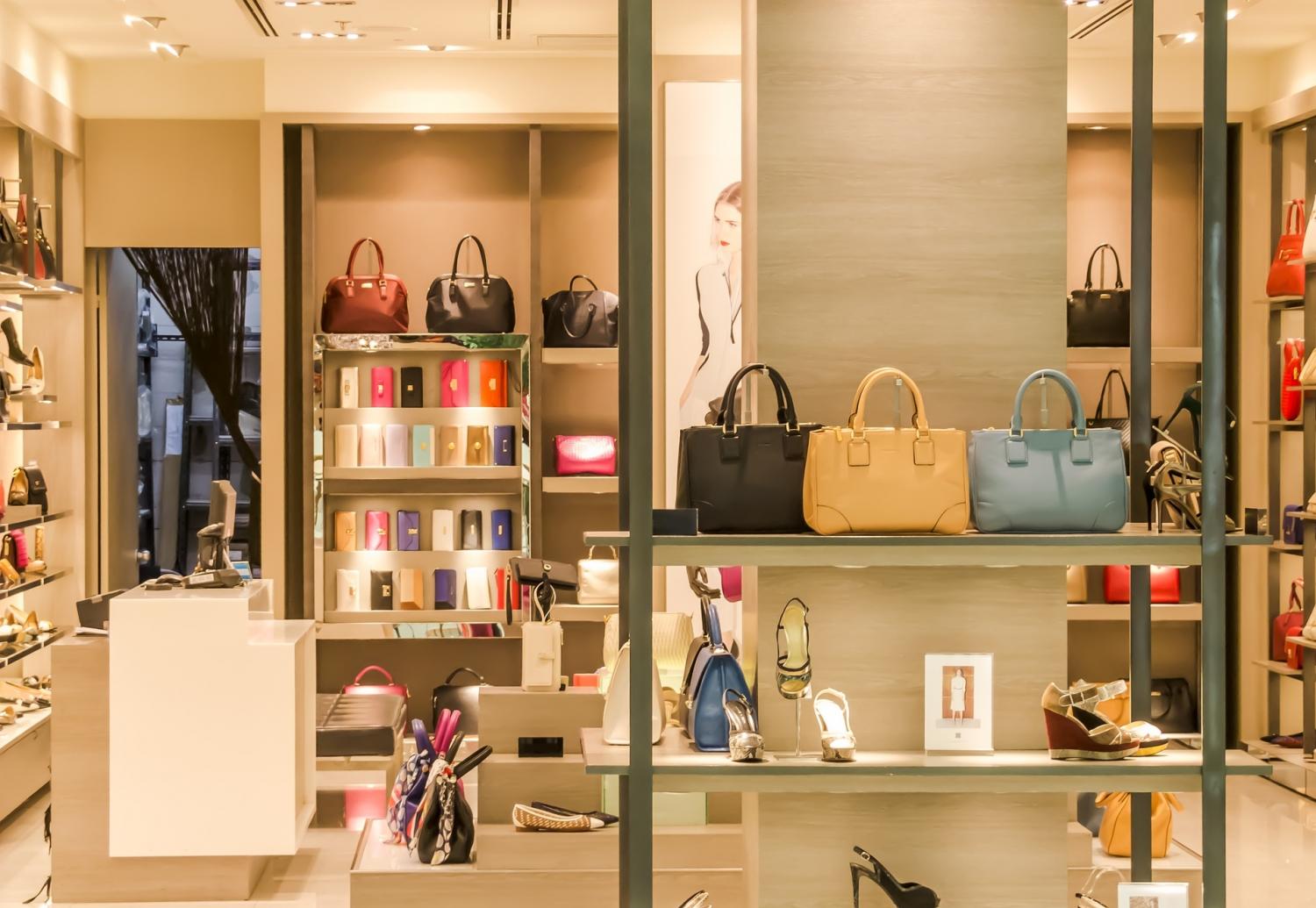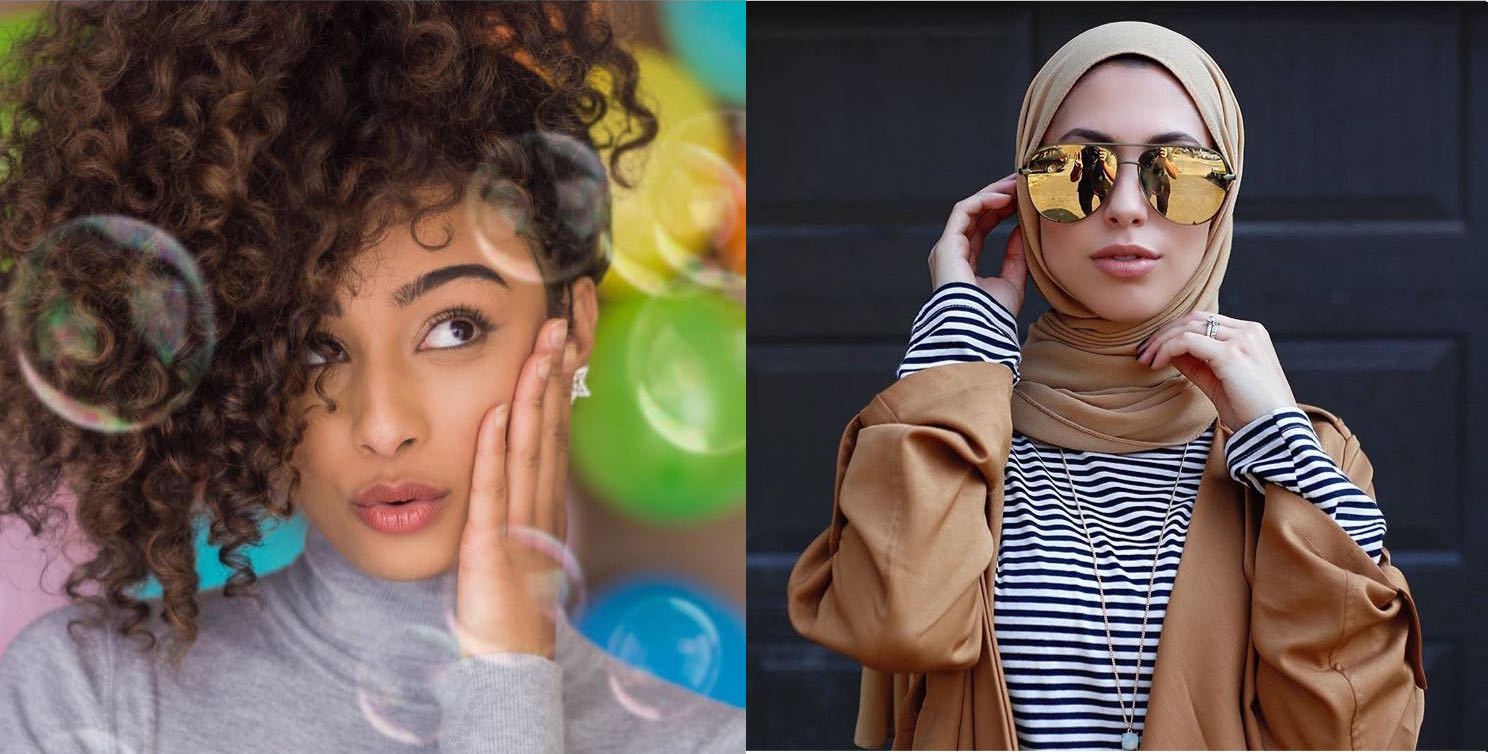
Minority exposure on social media: Fashion bloggers, inclusion, and diversity
Photos by Ocular Rev (@ocularrevv) and Mohamad Mawla (@moe_mawla)
The blogger as model trend has been around for quite a while now, and it is time we ask whether this trend is being inclusive of all races and body types. Are minority women—that is, those who do not fit the accepted mold—being fairly represented in the social media sphere? Do girls from minority groups have anyone to look up to, or more importantly, relate to? Is the recent call for inclusion and diversity in the fashion/modelling industry being applied to social media bloggers?
Instagram has undoubtedly become one of the most instrumental platforms for marketing and advertising. Most companies, whether local or international, have used social media as their go-to advertising vehicle for their product-branding. Fashion designers, make-up artists, health and wellness companies, and clothing franchises, have dominated this marketing tactic. Increasingly and in recent years, social media bloggers have begun to occupy a major strata of product marketing and brand exposure, alongside models and official spokespersons. Since young girls are more exposed than ever to advertising images and receive them, not from high-end fashion magazine covers, but from Instagram, Facebook, and Snapchat, shouldn’t it be just as important to praise diversity and inclusion in the social media world? Are the girls who belong to minority groups feeling included, appreciated, and represented on these platforms?
To get a better insight on this issue, I spoke to two social media influencers in Ottawa, each of whom belongs to a different minority group: Maritza Woel is a woman of colour (half black, half Middle Eastern) and Hanan Tehaili is a Middle Eastern veiled Muslim woman.
First and foremost, it is crucial to comprehend why representation of visible minorities on social media is so essential. As Hanan explained, representation “is extremely important because minority groups have so much to offer in the world of fashion and should be widely acknowledged for their influence and contribution to the industry”.
There is no denying that women of colour, women from religious minorities, curvy women – and in general every female who does not fall under mainstream beauty ideals – do not get the exposure and the business opportunities that thin, white, and very ‘feminine’ women do. Accordingly, Maritza talked about some of the struggles that she faced as a young social media user confronting the obvious absence of her skin colour and unique ethnic features in mainstream media:
“When I was growing up, there weren't many women who had curly hair- let alone women of colour- in fashion, television or media. As a result, I always felt like the only way I could feel beautiful and wanted was if I had lighter skin or straighter hair. In order to look like the women who represent this industry’s beauty ideals, you have to fall under the cis gender, white women with ‘European’ features norm.”
It was only when more women of colour, such as Alba Ramos, Lilly Singh and Tasha Green, started creating their own blogs/channels and producing successful and original content on their platforms that Maritza and thousands of other young girls started appreciating their own beauty. This struggle of self-acceptance is very common for any member of a visible minority group. In a recent interview with Nasty Galaxy, Maria Alia Alsadek, one of the most influential modest-wear bloggers, spoke about this issue as well. Maria-Alia talked about how, growing up, she never had the type of modest-fashion inspiration that she strives to provide to her own followers.
“There were no models, campaigns, or stores catering toward Muslim women,” she told Nasty Galaxy, “[…] If I had this growing up, I would have been so inspired and I would have felt so much more confident in everything that I did style-wise.”
Generally speaking, there is an ongoing struggle for minority groups living in the West to follow their own religious and cultural beliefs. But for minority bloggers specifically, it can sometimes be challenging to get your voice heard and your individual style taken seriously by the Western fashion industry. For that reason, as explained by Maritza, minorities are “creating their own spaces on social media, since they don’t get the representation they truly desire and deserve in mainstream media,” and more often than not, these spaces become a safe haven for those whose voices are not heard elsewhere.
On the other hand, minorities as consumers also face a substantial amount of discrimination. It is often a challenge for minorities to be noticed by well-established brands that don’t perceive these groups as their principle audience. Many recent controversies support this statement:
Last month’s Tarte Shape Tape Foundation controversy: Immediately after the launch of the highly-anticipated foundation, social media users and YouTubers (such as Jackie Aina, MakeupShayla, and Alissa Ashley) spoke up about the ‘harmful’ lack of shades for darker-skinned customers.
IT cosmetics received a ton of backlash as well when they posted pictures of their new line of foundation Bye Bye on social media. The company’s customers found the lack of dark shades in the collection inexcusable.
Revolve’s dominantly white and thin bloggers and models: the brand was highly criticized for its lack of diversity in their selection of bloggers. Instagram users have expressed their concerns in the comments section of Revolve’s official account.
Although anyone using social media may encounter criticism and judgment, bloggers and public figures often experience negativity to an acute degree since their careers involve sharing substantial parts of their lives with an international audience. During our interview, Hanan spoke about how she deals with constant criticism on social media: “It is pretty much expected [to get criticized] when you are in the public eye, but you need to believe that you cannot satisfy everyone and you're not meant to. So continue doing what makes you happy!”. She added that the best way to deal with this type of negativity is to understand that it is a reflection of the commenter, and often not of a blogger’s work. “You must be confident in yourself and the work that you do. No one should ever have the control to tell you otherwise.”
Influencers like her choose to rise above the hate and simply use these interactions as an opportunity to raise awareness and, as Maritza suggests, “to bless the authors of those comments with knowledge about race and about the discrimination that persists in our society.”
In reaction to the prevailing discrimination, social media influencers often feel a certain degree of responsibility to fight back by contributing to a vision of inclusion and diversity. Both Martiza and Hanan explained how they choose to contribute to this mission. Maritza focuses on speaking up about the injustices and realities like white privilege within the fashion and beauty industry, while also recognizing her own privilege. As a “racially ambiguous, mixed-race, straight woman”, Maritza believes that she does, one way or another, benefit from white privilege.
“I obtain exposure and opportunities that darker women and those from different minority groups, might not have”, she says.
Since ‘social media activism’ has greatly contributed to the (slow) movement towards diversity and inclusion of races, ethnicities, and body types in the fashion/modelling industry, the positive outcomes of this movement should, rightfully, also be applied to social media public figures.
"If I get put in a position because of the color of my skin where people will listen to me, then I should use that privilege the right way." – Zendaya

